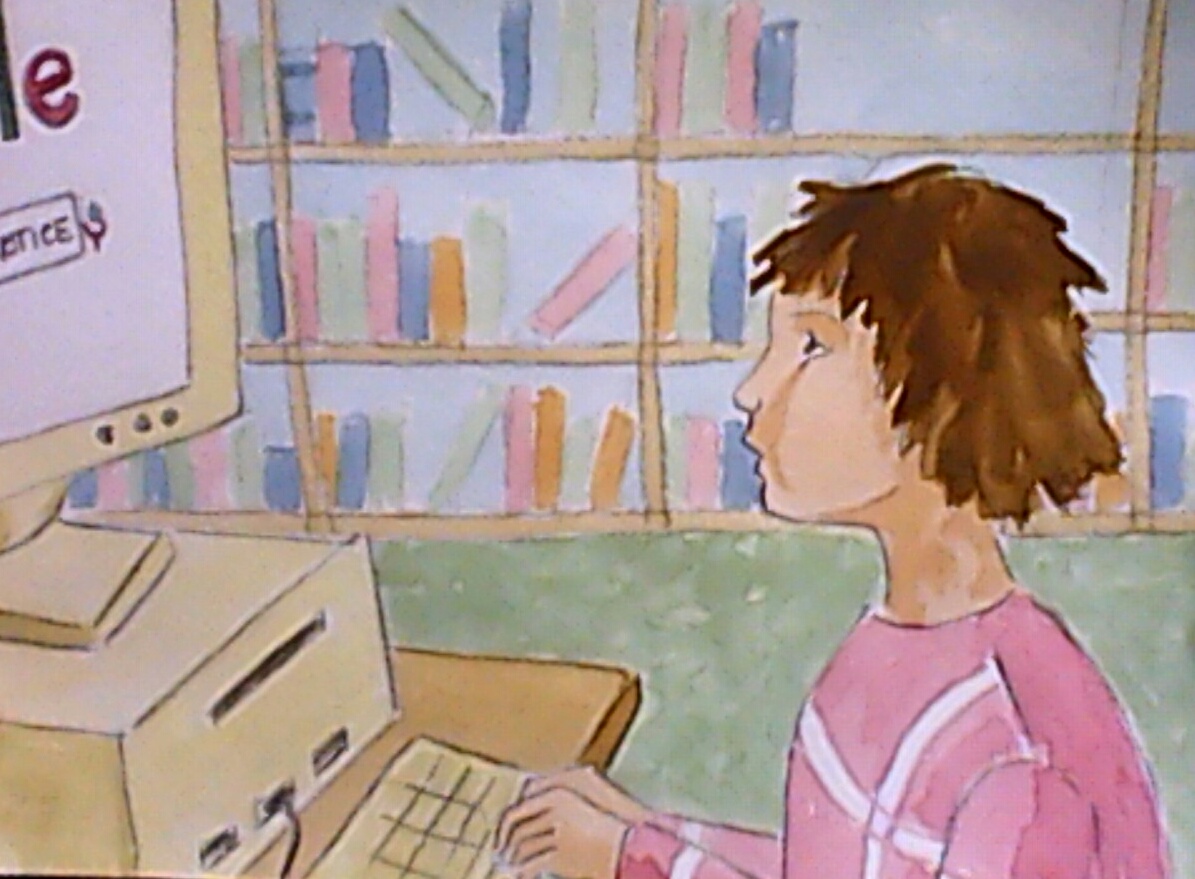
*
Anyone who has read Venus Aqueous episode 4 will know how we feel about wildlife carnage caused by wind turbines, so when I got an email today from Greenpeace, asking me to write to my MP and get them to tell Michael Gove to end the UK’s ban on land-based windfarms, I was very concerned indeed. Not because I am against renewable energy you understand, only methods of generating it which maim and kill.
There is much information, at the bottom of the Venus #4 page, about alternative technology which generates wind energy without bird-and-bat-bashing blades, some of it invented more than ten years ago, and yet all the big energy companies are ignoring them and sticking with turbines. Now the government, encouraged by Greenpeace, is thinking about doing the same, but anyone who believes that the potential consequences for all life on Earth should be considered before anything is built or installed should read this article by Whit Gibbons, and then write to their MP and ask them to tell Michael Gove NOT to lift the ban on new UK wind farms.
This planet does not belong to us.
“Although viewed as a clean and sustainable energy source, wind power is not without environmental costs and hazards that should be acknowledged and addressed. Unequivocal documentation exists that windmills kill more than 300,000 birds each year, especially species that fly at night [as well as bats]. …. However, another aspect of wind turbines also needs to be considered. How does wind energy development and operation on a commercial scale affect nonflying wildlife? An article in Applied Energy by Jeff Lovich (U.S. Geological Survey) and Josh Ennen (Renewable Energy Wildlife Institute) provides important perspectives on environmental impacts of windfarms. Wind power is a promising source of renewable energy and has gained popularity among advocates in recent years. Wind is widely seen as an alternative to fossil fuels. However, the costs as well as the benefits need to be considered when adopting windmills or any other energy source.
Lovich and Ennen conducted an exhaustive scientific literature survey of research addressing environmental consequences from all aspects of windmill energy production. Their findings reveal some of the downsides of giant windmill farms other than whacking birds and bats out of the sky with enormous spinning blades. Power companies, regulators and politicians advocating wind turbines need to pay attention to the findings.
Following are factors, other than killing flying creatures, that should be considered when assessing the pros and cons of wind as an energy source.
From Wind Power Comes With Environmental Costs, Hazards by Wit Gibbons
- Environmental impacts of destruction and modification of habitat at the windmill site: Roads are never environmentally friendly, and the permanent presence of those needed for windmill construction and maintenance can cause lasting ecological damage to animals that must travel between habitats. During construction, heavy machinery may cause soil compaction and erosion that can kill subterranean animals. Wind turbines sit on enormous concrete pads that eliminate native habitat from use by plants and animals.
- Effects due to air and ground vibration, constant noise, shadow flicker from propellers during the day: Although more research is needed, these disturbances may have negative impacts on ground-dwelling animals. The droning noise of propellers and the near-imperceptible but ever-present vibrations could also be a problem for people living nearby.
- Offsite impacts related to acquiring, processing and transporting construction materials: Building a wind turbine and moving it to the site requires considerable expenditure of energy before the windfarm itself begins to offer a positive return.
- Microclimate changes downwind: Natural climate regimes can be altered as far away as 14 miles downwind of a large windfarm. One finding showed that ground level temperatures were higher at night, but lower than normal later in the day. Such changes may be small but they create conditions that native plants and animals have not previously experienced. More studies are necessary to determine if downwind impacts have long-term effects on wildlife.
*
Hang on a minute – the Alpha311 addresses all these problems!

“While our turbines can be placed anywhere, the optimal location is next to a highway, where they can be fitted on to existing infrastructure. There’s no need to dig anything up, as they can attach to the lighting columns that are already there and use the existing cabling to feed directly into the grid. The footprint is small, and motorways aren’t exactly beauty spots.”
Mike Shaw, a spokesperson for the company.
*
Now that’s what I’m talking about! Why are they still installing bird-bashers?! These babies generate energy from the whoosh of passing traffic. Tell that to Michael Gove!











































